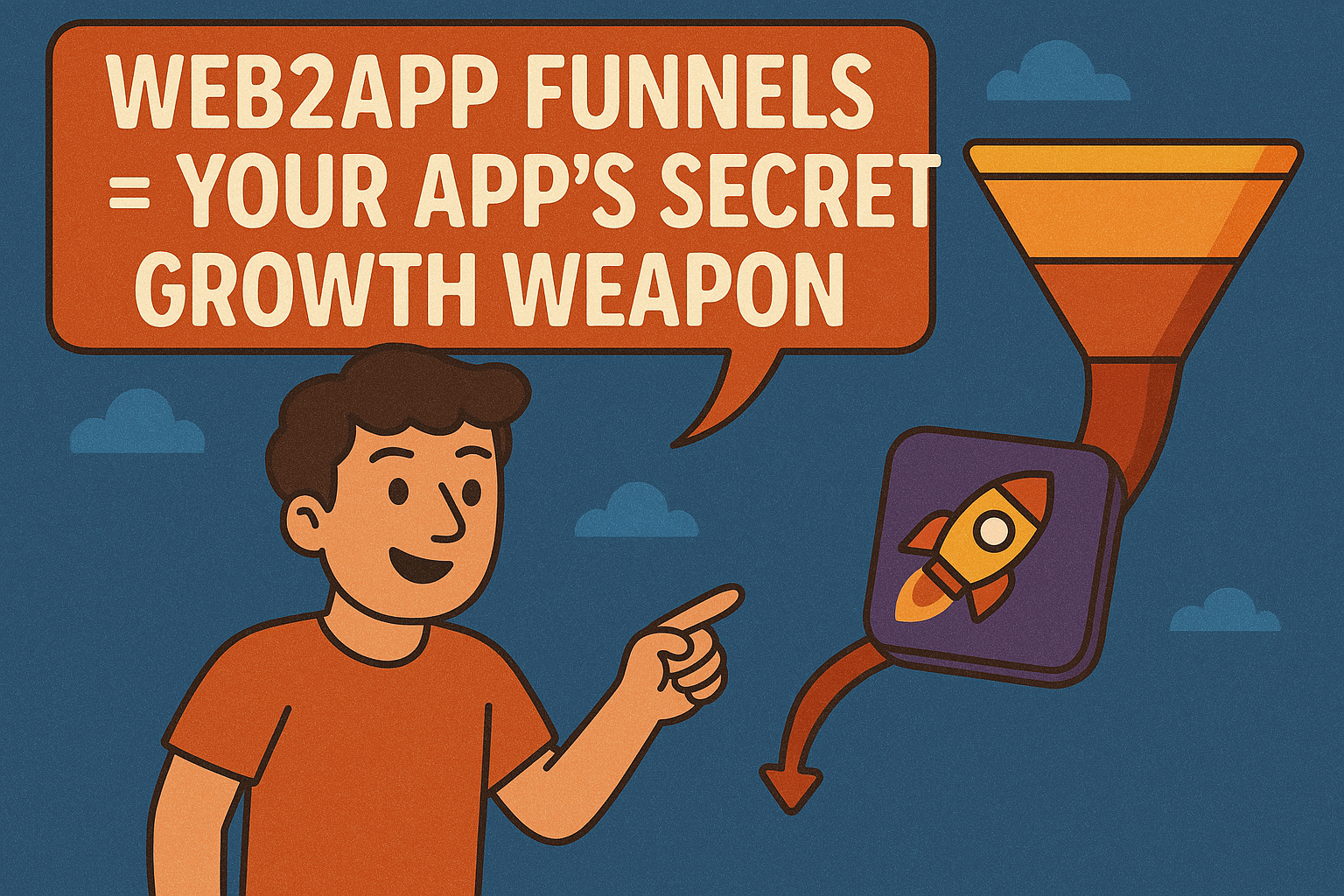The mobile app development industry is very popular and competitive right now, and it is going to expand and be even more competitive in the upcoming years. Every day developers release their apps in Google Play Store or iTunes, but most of those apps remain unnoticed because of mistakes they make during the development and/or marketing phase. If you want your app to be successful, you have to avoid these certain things. So, let’s review which are these mistakes.
1. Bad interfaces and features
Mobile apps design consists of two basic things – user experience and user interface (UI/UX). When designing the app, you should identify the core features your users will need and focus on getting these right. Core features are the ones that are needed, useful and valuable to the audience.
Adding extra features that don’t give value, only cutter the interface and annoy the users. They’re also important, but aren’t necessary. So, consider adding these later in a future update.
2. Forgetting about monetisation
If you’re currently building an app and you haven’t chosen a monetisation strategy it is good to ask yourself some questions: Do you plan on charging for your app? Will you have ads? Do you plan on selling products and services? Are you considering a freemium model?
The good news is that every possible approach can be mixed and make the perfect match that suits your project. But you have to start thinking about monetisation early in the development process, and be pro-active about pursuing the correct path.
By looking at apps in your genre, you can gain valuable insight into how the most successful apps are monetising. And remember that determining how you plan on monetising your app will be the key to its success.
3. Not selecting the right platform
New app developers usually make mistakes when selecting the platform for their first app. That’s because of their inadequate knowledge of the mobile app development industry. For example, some new developers choose iOS because they think monetising from iOS apps is easier than other platforms. While this is true for some cases, it’s wrong for others.
There are many factors which determine which is the best platform and developers must consider those factors before starting their app. The most influential factor is your target audience, type of your app, compatible devices, the geographical location and so on.
Another big problem is that sometimes developers attempt to develop for both Android and iOS at once – others even try to include the Galaxy Store, Huaweii AppGallery, Amazon Appstore and on. Ideally, you want your app available on every platform at the same time. However, doing everything at once is often a mistake.
Unless you have almost limitless resources available to you, designing for multiple platforms will take away valuable time and money. Of course, if you have a huge development staff and a large budget, this will probably work. But if you’re an indie developer or a small team, most probably you are short on time and money.
4. Poor testing phase
Once you have developed your app, the next phase is to spend time testing it. Unfortunately, many developers don’t execute this phase of the development properly. They often rush it because they want to get the app released as soon as possible. The result is an app that has multiple problems and bugs at release. The more problems you have at launch, the fewer people will be willing to download your app. Take your time during testing. Don’t forget, quality is important, even if that means your app is released a month later than you wanted to.
A developer’s job is developing apps and not testing them. Of course, a developer could be a tester too, but it is harder to test and find flaws in your app. Fortunately, there is a variety of automation testing tools that can help you check the quality and effectiveness of your web and mobile software with detailed analysis. Such automated testing software helps developers by saving time and reducing errors occurring due to human intervention.
Furthermore, you can give your app to QAs or other developers and even friends. Give them time to use the app and listen to their feedback. They offer a valuable perspective that will help to catch issues with your app. It’s not just the bugs that matter, some of these ideas can be important for making your app user-friendly. The more people you can have beta test your app outside your own office, the more prepared you’ll be to send your app out into the real world.
5. Not marketing the app
Many developers believe that marketing can wait until after the development phase. While you don’t have to start marketing on the first day of the development, you need to start before your app is ready for release.
When you release an app, you put it into a sea of thousands of competitors. That’s why you need to market the app and advertise it to your target audience.
If you don’t have a marketing team, then you need to invest in ads. You can buy ads from other apps so they would present your app inside their own. However, social media like Facebook, Twitter, Instagram and others are a great way to promote your app and thousands of people can discover it.


